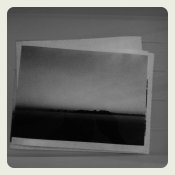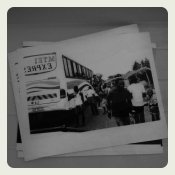Rom
Member
Dear all,
I found a lot of documents related to developpement of films and compensation related to Temperature.
Now, i plan to print some RC and FB tonight or this week-end. The temperature now at my home is quite high and i think the whole room will be between 25 to 28°C.
What will be the effect to work at this temperature ? I will be using Eukobrom from tetenal.
Sorry if this question has been already posted but i didn't find anything and also, i didn't find any technical documents on the eukobrom.
Thanks in advance for your help.
I found a lot of documents related to developpement of films and compensation related to Temperature.
Now, i plan to print some RC and FB tonight or this week-end. The temperature now at my home is quite high and i think the whole room will be between 25 to 28°C.
What will be the effect to work at this temperature ? I will be using Eukobrom from tetenal.
Sorry if this question has been already posted but i didn't find anything and also, i didn't find any technical documents on the eukobrom.
Thanks in advance for your help.








 Hehe.... that's ME!
Hehe.... that's ME!




